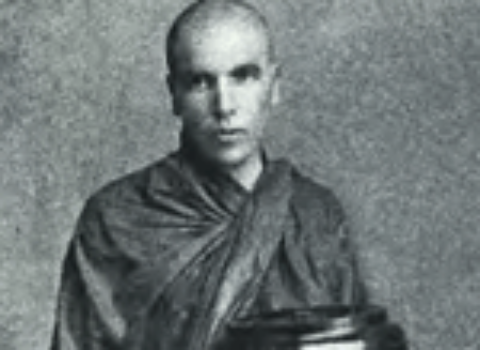1. One day near the end of 2014, a nineteen-year-old white University of Michigan student named Andrew Jacob was sitting in his dorm, thinking about the police. All he seemed to hear that fall were complaints: about the cop who strangled unarmed Eric Garner, the cop who shot unarmed Michael Brown, the cop who killed twelve-year-old Tamir Rice. Black lives matter, sure, Jacob thought, but what about blue lives? Jacob, who grew up in an affluent Detroit suburb, was not from a police family and had no interest in going into law enforcement, but his father had recently started a…
Sign in to access Harper’s Magazine
We've recently updated our website to make signing in easier and more secure
Sign in to Harper's
Hi there.
You have
1
free
article
this month.
Connect to your subscription or subscribe for full access
You've reached your free article limit for this
month.
Connect to your subscription or subscribe for full access
Thanks for being a subscriber!
Get Access to Print and Digital for
$23.99 per year.
Subscribe for Full Access
Subscribe for Full Access





